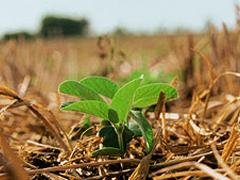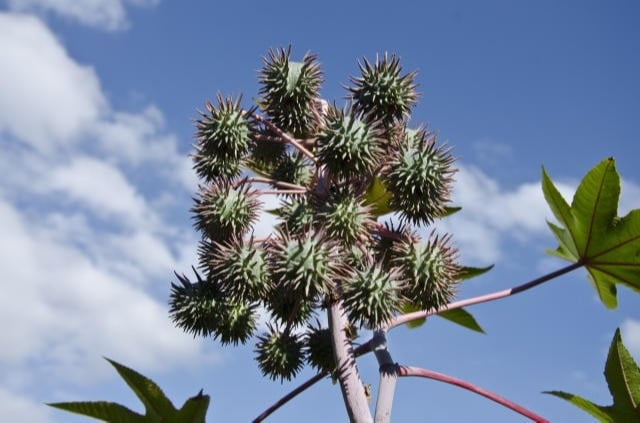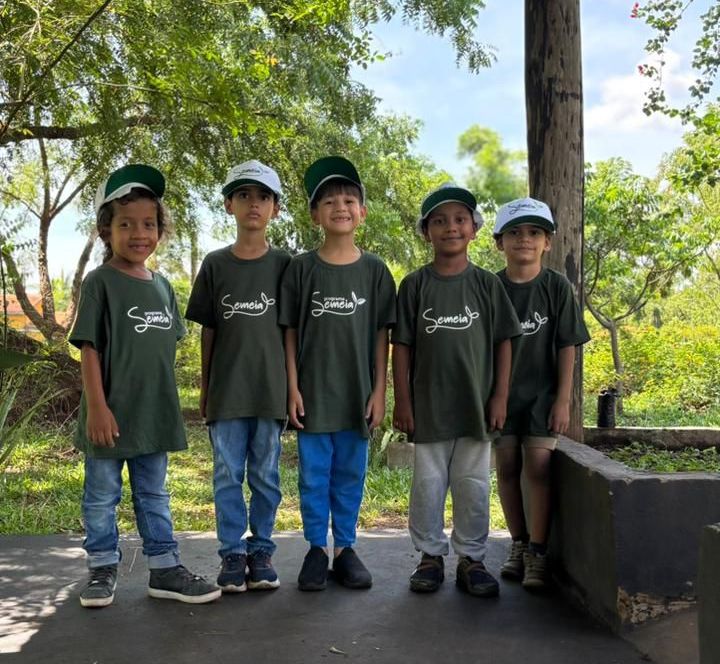The Goiana Agricultural Defense Agency (Agrodefesa) is warning farmers that the soybean health break will begin on June 27 of this year throughout the state of Goiás. Until September 24, the cultivation and maintenance of live soybean plants, including tigueras – those that germinate spontaneously after harvesting – are prohibited. The measure aims to prevent and control Asian rust, one of the most severe diseases in soybean crops.
According to the president of Agrodefesa, José Ricardo Caixeta Ramos, the 90-day period without live plants in the field is an essential phytosanitary measure to reduce the inoculum of the fungus that causes Asian rust, contributing to the health of crops and the success of the next harvest.
“Rural producers in Goiás know that it is necessary to follow the phytosanitary calendar and always seek to meet deadlines. They are a great partner in agricultural defense. However, it is Agrodefesa’s role to guide and reinforce the importance of adopting phytosanitary measures to help reduce the incidence of Asian rust in the field, thus ensuring plant health in the state and, consequently, the good numbers of Goiás agriculture,” he says.
Agrodefesa's Plant Health Manager, Leonardo Macedo, emphasizes that the sanitary gap is a consolidated measure. "We are talking about something supported by science and experience in the field. The sanitary gap is a strategic step in the management of Asian rust, and its compliance is decisive to guarantee productivity and competitiveness for producers in Goiás," he explains.
The coordinator of the Plant Health Department at Agrodefesa, Mário Sérgio de Oliveira, emphasizes that one of the Agency's roles is to provide information on the subject, through health education, to producers, technicians and entities in the sector. "Our commitment is not only to monitor, but also to provide guidance and technical support to producers. The active participation of the production sector is essential for the success of phytosanitary policies and, consequently, for maintaining Goiás as a national reference in grain production," he highlights.
In Goiás, the strategy is especially important because the state is the third largest soybean producer in Brazil – behind only Mato Grosso and Paraná –, with a relevant role in the national agricultural economy and exports. Data from the 11th Survey of the National Supply Company (Conab), released on June 12, show that the estimate for the 2024/2025 harvest is more than 20.4 million tons of soybeans, cultivated in an area of 4.95 million hectares, with an average productivity of 4.12 tons per hectare.
Calendar
According to Normative Instruction No. 06/2024 of Agrodefesa, the presence of emerged soybean seedlings in the field is permitted as of September 25, with the final date for sowing being January 2, 2026. The registration of crops in the Agricultural Defense System (Sidago) must be done within 15 days after the end of the sowing calendar, that is, until January 17, 2026.





